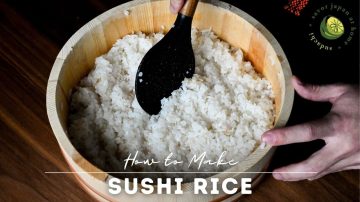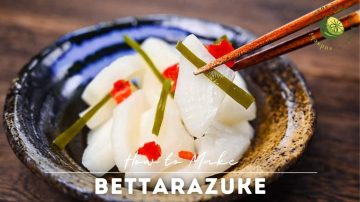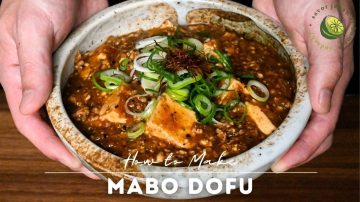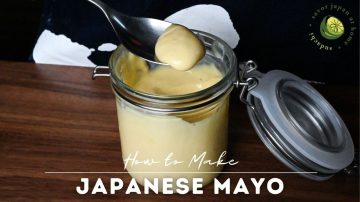Homemade Dashi Stock (Kombu & Bonito) Recipe: How to Extract Twice to Make Your Money Worth
Video Stats
Recipe Overview
Overview
Homemade Dashi Stock is an essential component of Japanese cooking, serving as the backbone for many dishes. This recipe highlights the simplicity and effectiveness of using just two key ingredients: kombu kelp and bonito flakes. The process begins with soaking the kombu in cold water, allowing it to rehydrate and release its natural flavors. This gentle extraction method is crucial for achieving a clear, flavorful broth without bitterness.
Once the kombu is ready, it’s heated slowly to avoid boiling, which can release undesirable compounds. The addition of bonito flakes brings a depth of umami that elevates the broth, making it perfect for soups, sauces, and various Japanese dishes. The beauty of dashi lies in its versatility; it can be used as a base for miso soup or even as a cooking liquid for rice.
What makes this recipe particularly appealing is the ability to extract dashi twice from the same ingredients. The second extraction, while less refined, still offers a flavorful broth that can be used in heartier dishes. This not only maximizes the use of ingredients but also makes dashi a budget-friendly option for home cooks.
Incorporating homemade dashi into your cooking can transform simple meals into something extraordinary. Whether you’re preparing a traditional Japanese dish or experimenting with fusion cuisine, this stock is a must-have in your culinary repertoire.
Recipe Details
Steps & Tips
Place 5 to 10 grams of kombu in a pot.
Tip: Don't wash your kombu; gently wipe off any sand or dust with a damp cloth.
Pour one liter of cold water into the pot.
Tip: Use soft water for the best results in extracting flavors.
Soak the kombu in the water for at least 30 minutes.
Put the pot on medium-low heat and let the kombu and water warm up gradually.
Tip: Gentle heating helps extract rich flavors from kombu.
Tip: Avoid boiling kombu to prevent releasing bitter compounds.
Remove the kombu when the water reaches between 60 and 64°C.
Turn up the heat to medium and let the liquid come to a boil.
Skim off any scum that forms on the surface.
Pour in 100 ml of cold water to replace the water absorbed by the kombu.
Turn the heat down to its lowest setting and gently add two handfuls of bonito flakes.
Tip: Let bonito flakes sink naturally; resist the urge to stir.
Let the bonito flakes steep for 3 minutes.
Tip: Don't squeeze or press the bonito flakes to maintain delicate flavors.
Strain the dashi through a fine mesh sieve lined with cheesecloth or paper towels.
Put the kombu and bonito flakes back in the pot with 1 liter of fresh water.
Toss in another handful of fresh bonito flakes.
Put it over medium heat and let it come to a boil.
Turn the heat down to medium-low and let it simmer for 10 minutes.
Tip: The second extraction gets better with a longer simmer.
Strain everything again, pressing and squeezing the solids to extract all flavors.
Tip: Let dashi cool before storing it in an airtight container.
Tip: You don't always have to make dashi from scratch; consider using granulated dashi or dashi packets.
Tip: Dashi packets have a cleaner taste compared to granules.
Nutrition
Skill Level
Frequently asked questions
Below you will find answers to the most common questions about this recipe.
Got a Recipe Question? Ask Away!
Interesting Tidbits
- •Dashi is a fundamental stock in Japanese cuisine, providing depth and umami to dishes.
- •Kombu is a type of kelp that enhances the flavor of dashi with its natural glutamic acid.
- •Bonito flakes, or katsuobushi, are made from dried, fermented, and smoked fish, adding a rich umami flavor.
- •Dashi can be made twice from the same ingredients, with the first extraction being richer in flavor.
- •Using soft water for dashi helps extract flavors more effectively than hard water.





















